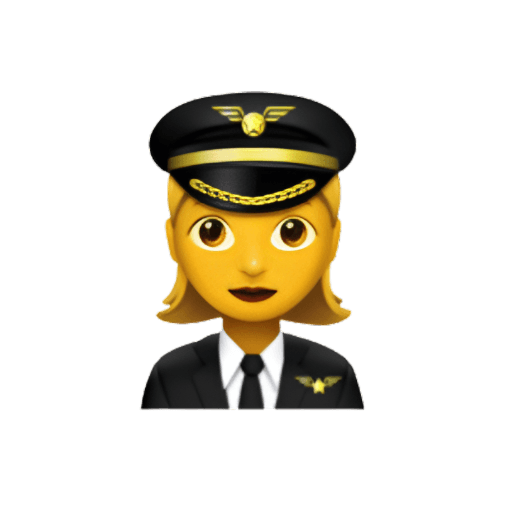Instrument Rating
Your instrument training may seem overwhelming at first, but once you grasp the structure, everything will fall into place. We recommend to watch the YouTube channel FlightInsight to understand IFR flying. The Videos are short and on point which makes it very easy to understand concepts.
Stage 1: Basic Instrument Flying
The first stage of training is short and focused on the basics of instrument flying. You’ll practice standard rate turns, constant speed climbs and descents, and leveling off at specific altitudes while relying solely on your instruments. The goal is to develop your proficiency in controlling the aircraft without visual references, a fundamental skill for instrument flying.
Stage 2: Departures and Enroute Navigation
Once you’ve mastered basic instrument flight, you’ll move into the departure phase. This stage focuses on departing airports under IFR (Instrument Flight Rules) conditions, which often involves following specific headings, radials, and airways. You’ll practice using DME arcs, VORs, ILS, and GPS for navigation and get introduced to holding patterns and the different types of holding entries (direct, parallel, and teardrop).
This phase will also cover abnormal situations, such as radio communication failures and how to handle them safely according to established procedures.
Stage 3: Approaches
After you become proficient with departures and enroute navigation, you’ll move on to the approach phase. Here, you’ll learn how to fly both precision (e.g., ILS approaches) and non-precision approaches (e.g., VOR, RNAV, or LOC approaches). Training will include how to handle navigational equipment failures during an approach and how to switch to alternate methods or backup equipment if needed.
You’ll also practice missed approaches, a critical skill in case an approach can’t be completed due to poor visibility or other factors.
Stage 4: Combining all Stages - Full IFR Flight
In the final stage, you’ll combine everything you’ve learned into a full IFR flight as your Checkride will be. This will include executing a complete flight sequence with a departure, enroute navigation, approach, and a missed approach followed by holding procedures. The goal is to manage the entire flight while staying ahead of the aircraft, handling changes in weather or equipment, and following the necessary procedures for each phase.
By the end of this stage, you’ll be able to fly confidently and safely under IFR conditions and are prepared for your instrument Checkride.
